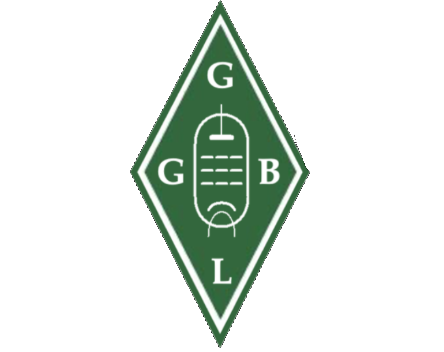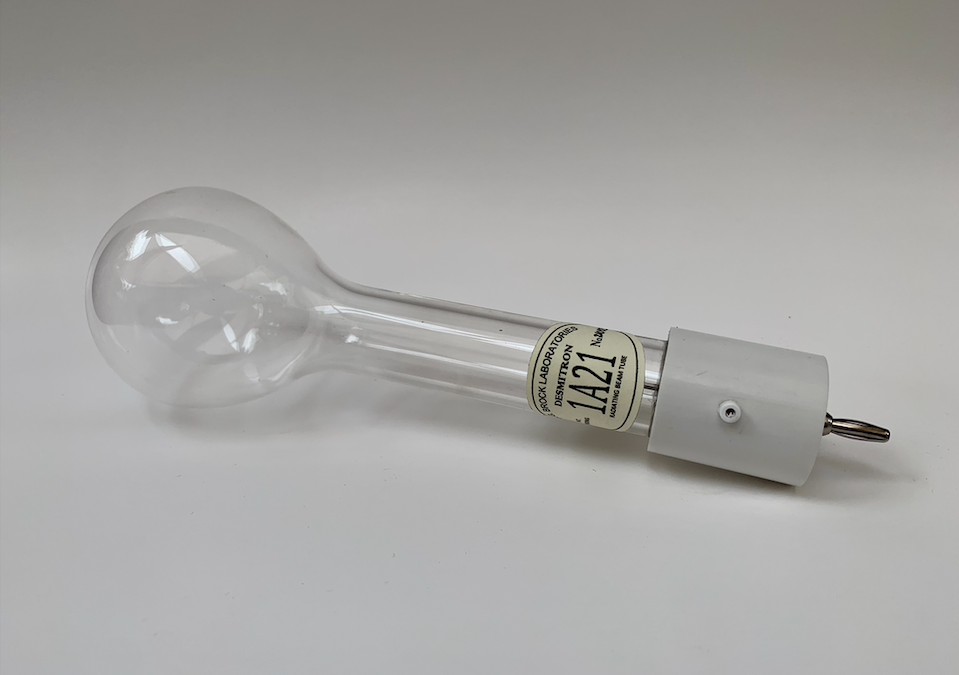Ground Radials – Telluric Communication and Vertical Antenna
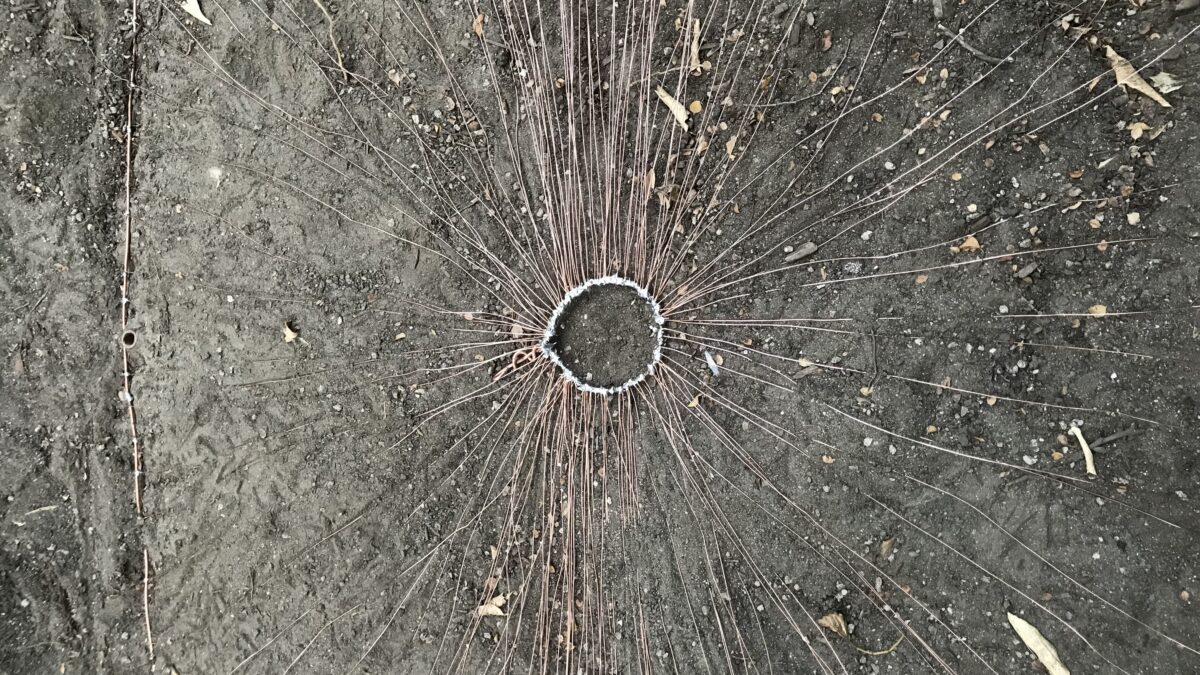
Up until recently, the use of a primitive Earth ground consisting of quadrant copper squares was employed for primordial telluric experiments. It was found to be far from suitable in this manner, as it did not cover that much surface area for operation, nor provided a low impedance for the imposing of radio frequency currents into the Earth. Likewise, this circumstance was corrected by the construction of a new ground system which consists of multiple copper radials, terminating onto a main bus bar.
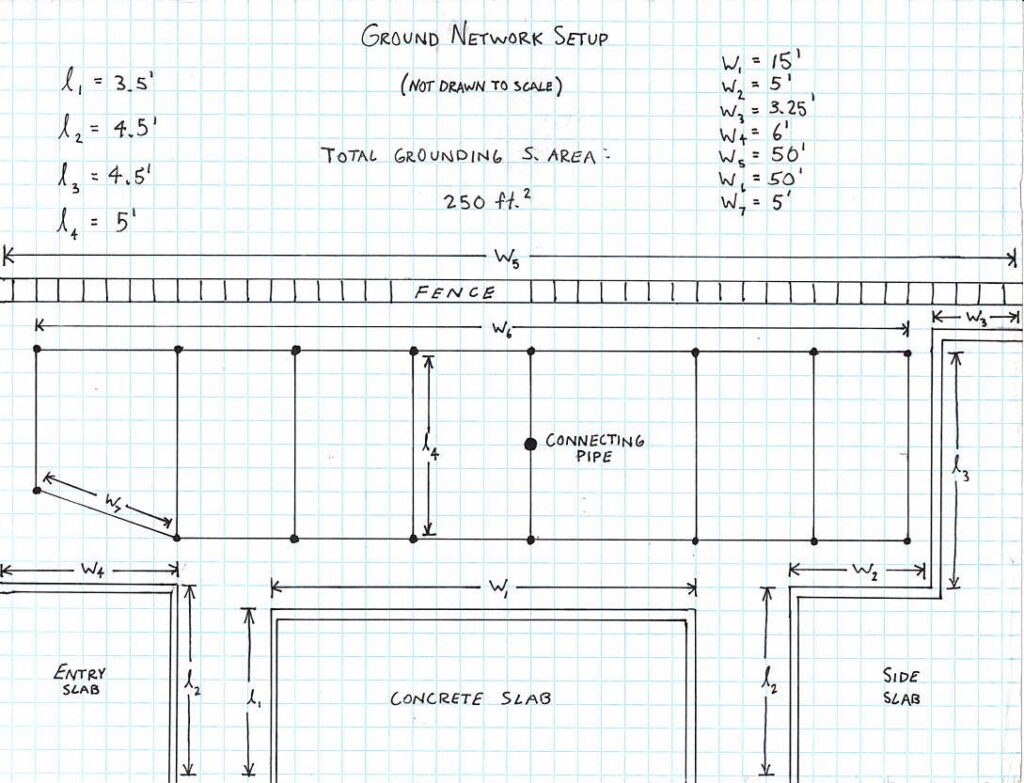
The new ground system is shown below. This setup consists of 130 individual 20 gauge copper radial wires, which are terminated onto an 8 gauge bus bar. Whereas its other ends coalesce with the other radials onto a central ring for termination.

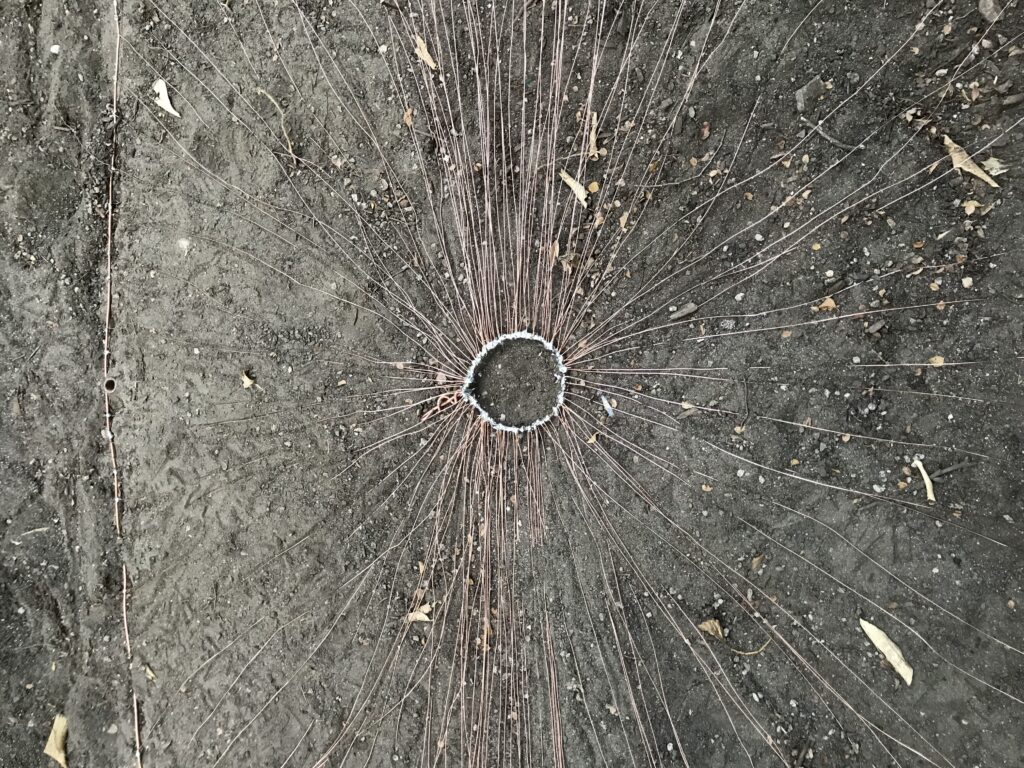
As the completion of these radials proved to be successful, clover seeds were planted upon their surface whereby the roots of the clovers, (extending in excess of six feet), will act as secondary electrical grounds working in tandem with the radials. This will greatly improve overall performance of the setup as a whole.
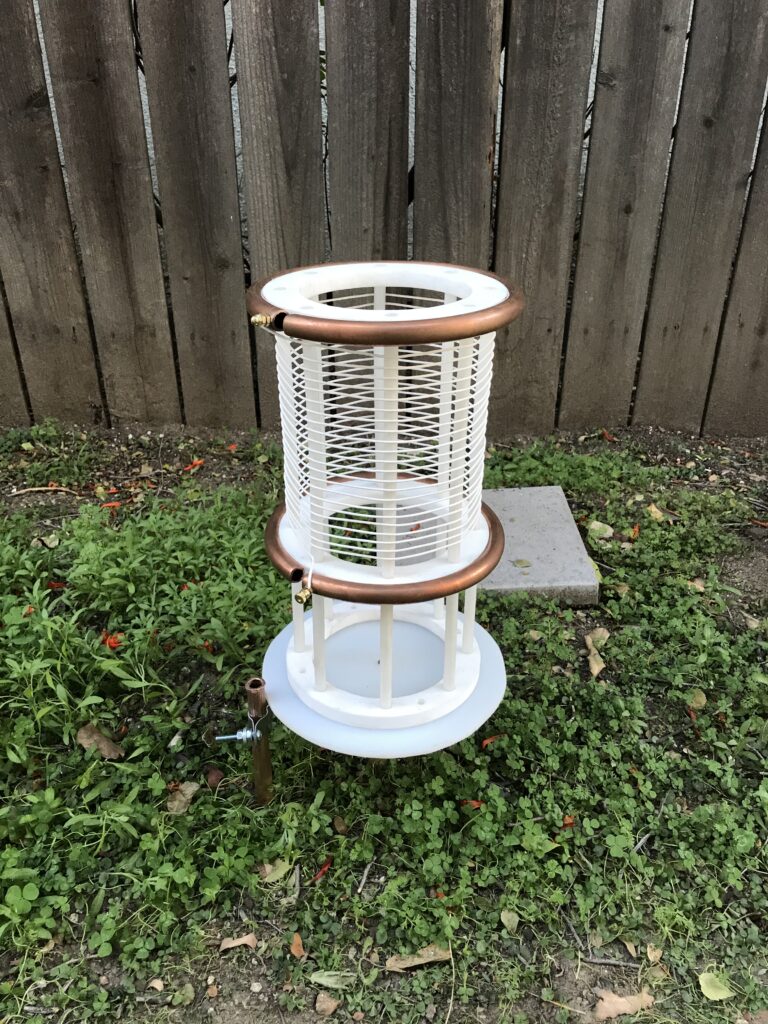
Throughout the course of testing this grounding system, it was found that the introduction of a vertical quarter wave antenna for 40 meter operation is quite suitable for long distance reception and transmission. That is, a 31 foot vertical mast radiator was implemented near the ground termination point, which was fed respectfully via RG-8u coaxial cable.
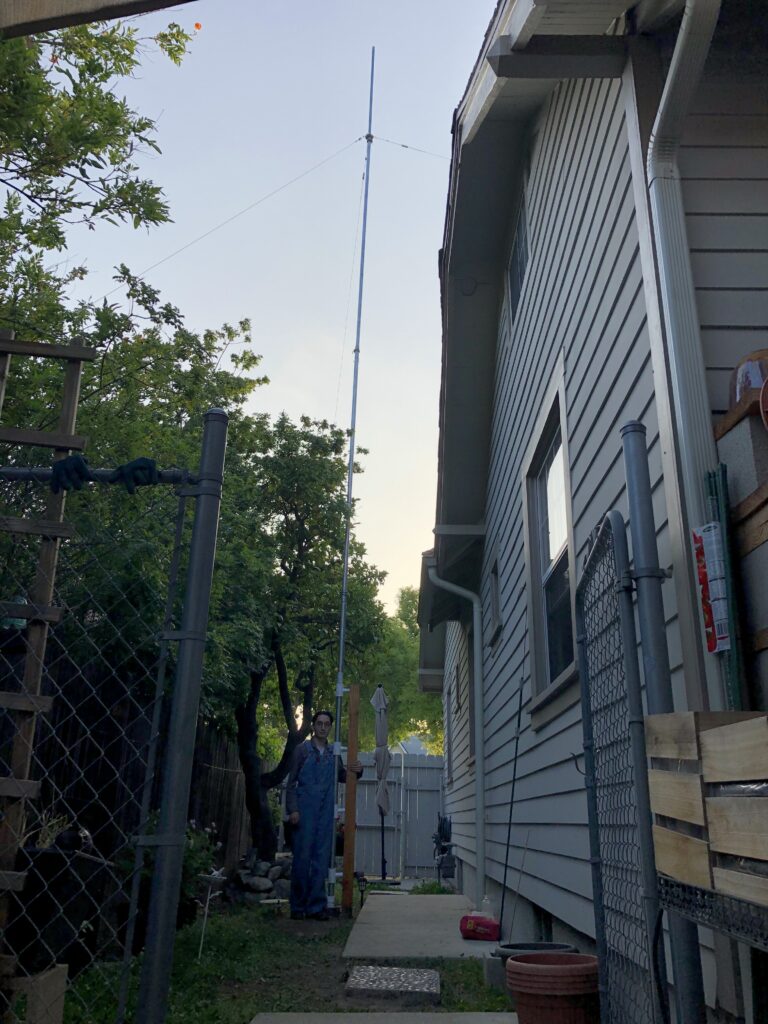
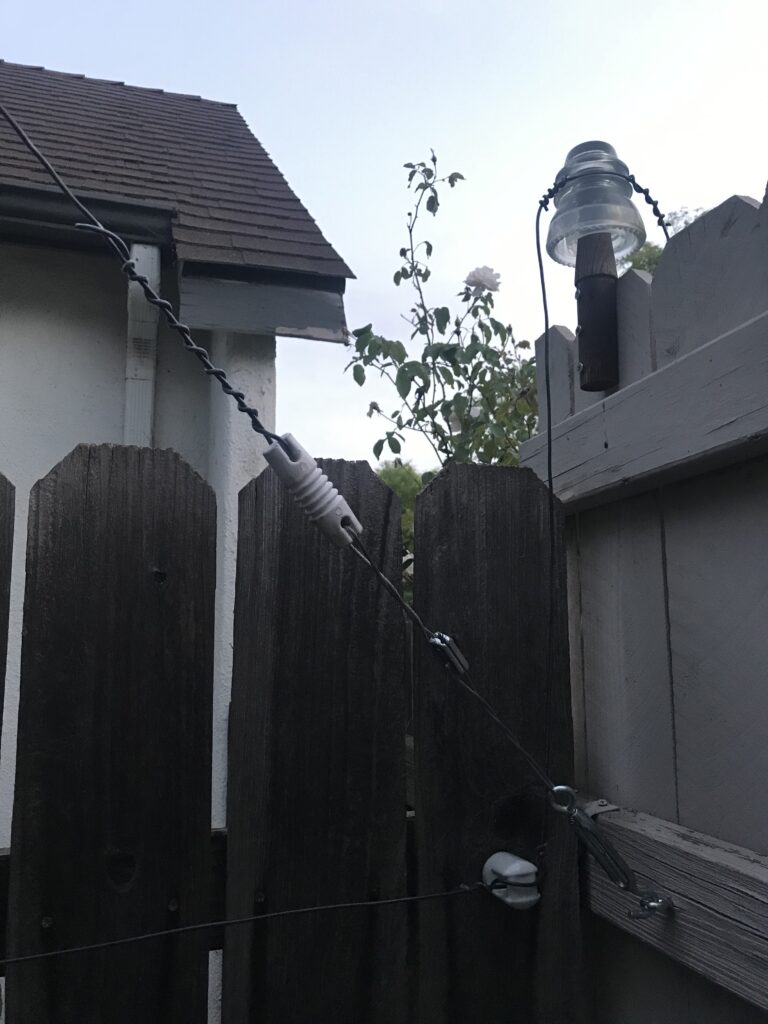
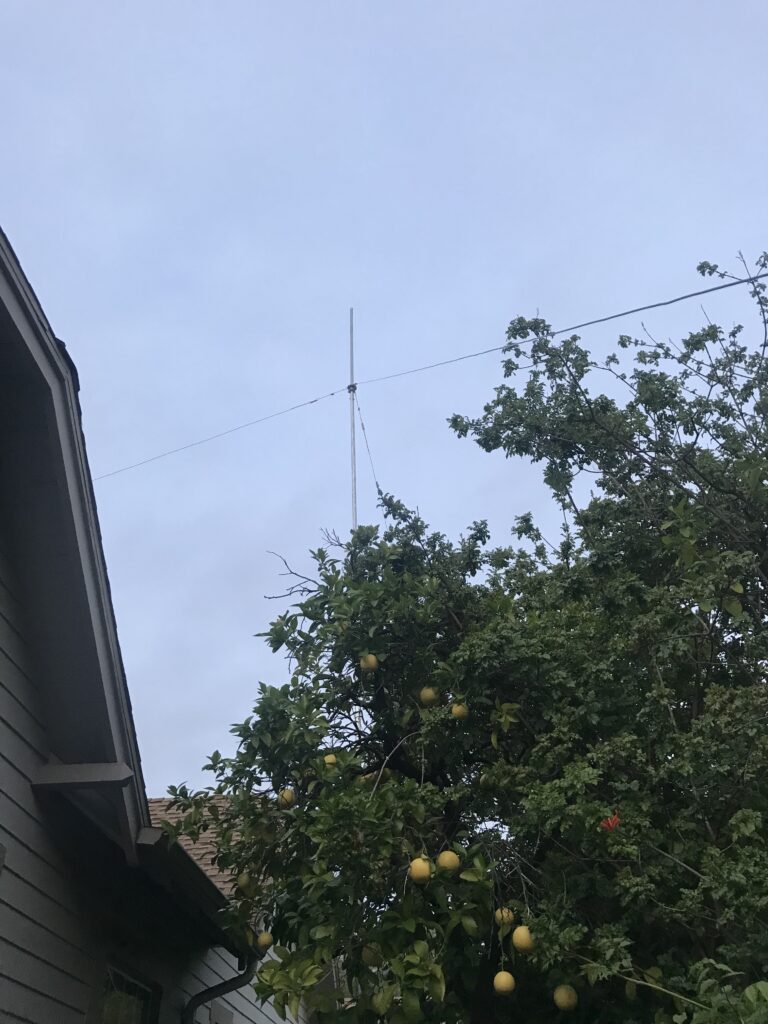

Using the ground radial setup in conjunction with a vertical antenna greatly improves long distance “skip” transmission and reception, as shown in the above photo. In this case, the antenna and ground is fed with 100 watts of continuous wave radio frequency, at an operation of 7108 kilocycles. The signal is shown to be well received by a station in North-West Ireland (5,110 miles away) even on poor propagation circumstances of the ionosphere at the time.
Share this:
- Click to share on Twitter (Opens in new window)
- Click to share on Facebook (Opens in new window)
- Click to share on Pinterest (Opens in new window)
- Click to share on LinkedIn (Opens in new window)
- More
- Click to share on Reddit (Opens in new window)
- Click to share on WhatsApp (Opens in new window)
- Click to share on Mastodon (Opens in new window)
- Click to share on Telegram (Opens in new window)
- Click to share on Tumblr (Opens in new window)
- Click to share on Nextdoor (Opens in new window)
- Click to share on Pocket (Opens in new window)
- Click to email a link to a friend (Opens in new window)
